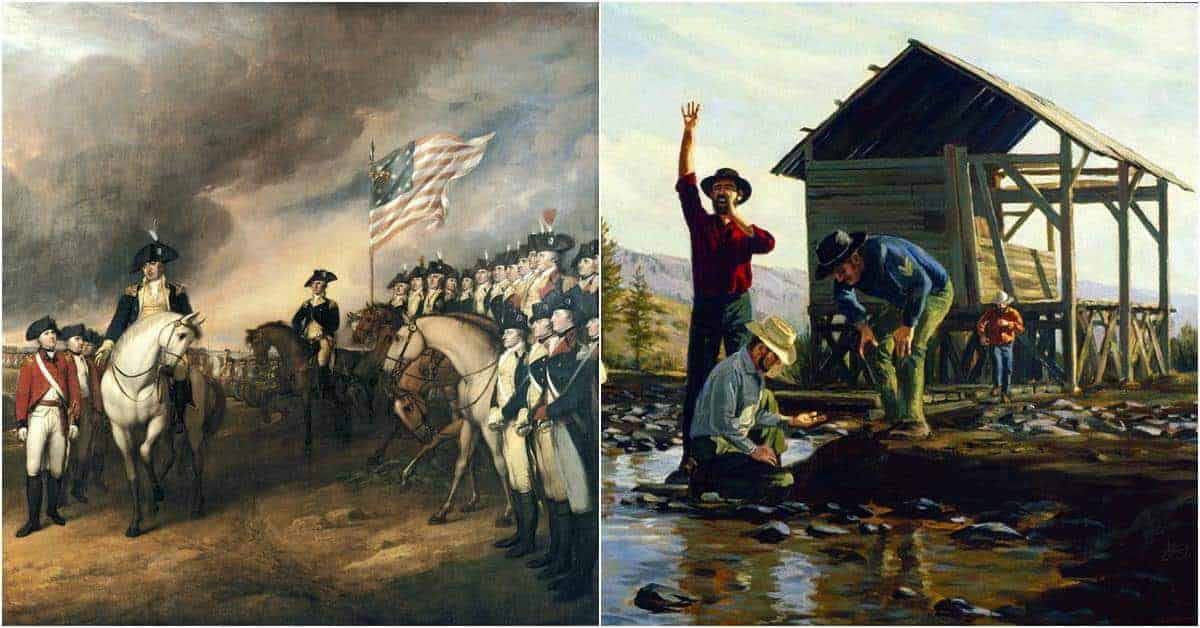There are some dates which resonate through history as points of significance in the development of the nation. July 4 is celebrated as the day American’s announced their independence from Great Britain to the world and posterity (it was actually passed on July 2), the Civil War began on April 12, 1861, at Fort Sumter (although the nation had been violently divided for over a decade) and so on. Almost any day of the calendar year can be attributed to a significant event which impacted future generations. Most of these are forgotten.
For example, on April 4, 1973, a then little-noticed event took place which affects Americans all day every day – the first mobile telephone conversation was completed. September 3, 1928, is widely regarded as the birth date of television after Philo Farnsworth demonstrated his image dissector camera to the press on that date. On May 24, 1935, the Philadelphia Phillies and the Cincinnati Reds played a baseball game in which the Reds prevailed 2-1. The day and game are notable as the first Major League game played under the lights; today the majority of games, as well as outdoor contests in nearly all sports, are conducted at night.

The date on which many events which changed America forever is often forgotten because the significance of the event isn’t realized until much later. Here are eight such dates on which events occurred which forever changed life in the United States.

October 19, 1781. Cornwallis Surrenders at Yorktown, Virginia
When the British Army under the command of Lord Cornwallis marched out of their trenches at Yorktown where they had endured a three-week siege, their commander was not at their head to surrender them. He sent a deputy. Victorious General George Washington responded by appointing a deputy to receive the surrender, refusing to compromise American dignity.
Although not the last battle of the Revolutionary War, it has historically marked the end of the eight-year conflict, and Washington’s simple gesture marked what would come next. The Americans had won recognition from France, the Netherlands, Spain, and Morocco before the British conceded the issue following Yorktown. When news of the loss of another army in America (Burgoyne has surrendered at Saratoga two years earlier) King George III was more than ready to continue the fight.
His ministers and the British merchant class were not. Faced with a world war and substantial financial losses over the past decade, the British people sued for peace, and Washington’s victory forced them to accept terms favorable to the Americans.
Nobody was more aware of the value French aid had been to the American cause than George Washington, and no one’s reputation had suffered more at the hands of British arrogance. Washington would remember both as the new nation moved from war to peace, hashed out a Constitution, elected a government, and began day-to-day involvement as a full-fledged member of the international community.
The long-remembered slight by Cornwallis often served to remind Washington and through him the new United States, to resent hostility, be wary of friends, and to keep the American people firmly determined to remain beholden to neither.

